Shannon-Weaver Model of Communication: Advantages & Disadvantages
Communication is the cornerstone of human interaction, driving everything from personal relationships to global commerce. Over the years, numerous models have been developed to understand and analyze the complexities of communication processes. One such model that has significantly influenced the field is the Shannon-Weaver Model of Communication.
Proposed by Claude Shannon and Warren Weaver in 1949, the Shannon-Weaver Model offers a structured framework for understanding the process of communication. It is often referred to as the “mother of all models” due to its foundational role in shaping subsequent theories and approaches in communication studies.

Shannon-Weaver Model: Origins and Development
Claude Shannon, an American mathematician, electrical engineer, and cryptographer, is widely known for his groundbreaking work in information theory. Warren Weaver, an American scientist and mathematician, collaborated with Shannon on several projects related to communication theory. Together, they published “The Mathematical Theory of Communication” in 1949, where they introduced the model that would later be named after them.
The Shannon-Weaver Model was initially developed to address communication challenges within the context of telecommunication systems. However, its principles have been applied to various forms of communication, including human communication, making it a versatile and enduring theoretical framework.
Definition of Shannon-Weaver Model of Communication
The Shannon-Weaver Model of Communication is also known as the Shannon-Weaver Information Theory model. It is a theoretical framework proposed by Claude Shannon and Warren Weaver in 1949. It provides a structured representation of the process of communication, particularly in the context of information transmission through telecommunication systems.
The model breaks down communication into several key components, including a sender who encodes a message, a channel through which the message is transmitted, noise that may interfere with the message, a receiver who decodes the message, and feedback that completes the communication loop by providing information to the sender about the effectiveness of the message transmission. The model is based on principles from information theory, such as entropy, redundancy, and channel capacity, and has been influential in various fields, including telecommunications, information theory, organizational communication, and media studies.
Read about Berlo’s SMCR model of communication.
Components of the Shannon-Weaver Model of Communication
The Shannon-Weaver Model breaks down the process of communication into several key components, each playing a crucial role in transmitting information from a sender to a receiver. These components include:
Sender
The sender initiates the communication process by encoding a message. This message could be in the form of verbal language, written text, images, gestures, or any other symbolic representation of meaning.
Encoding
Encoding refers to the process of converting the message into a symbolic form that can be transmitted through a communication channel. This step involves selecting appropriate symbols or codes to represent the intended meaning of the message.
Message
The message is the actual content or information that the sender wishes to convey to the receiver. It can vary in complexity and can encompass a wide range of topics, ideas, emotions, or instructions.
Channel
The channel is the medium through which the encoded message is transmitted from the sender to the receiver. It can take various forms, including spoken language, written text, electronic signals, visual images, or any other means of communication.
Noise
Noise refers to any interference or distortion that affects the transmission of the message through the communication channel. It can arise from external factors such as environmental conditions, technical glitches, or internal factors such as language barriers or psychological distractions.
Decoding
Decoding is the process by which the receiver interprets and assigns meaning to the encoded message. It involves extracting the intended message from the received symbols or codes and making sense of its content.
Receiver
The receiver is the intended recipient of the message. Once the message has been transmitted through the communication channel and decoded, the receiver processes the information and responds accordingly.
Feedback
Feedback completes the communication loop by providing the sender with information about how the message was received and interpreted by the receiver. It allows the sender to assess the effectiveness of their communication and make adjustments as needed.
Check out Lasswell’s Model of Communication, and its advantages and disadvantages.
Diagram of Shannon-Weaver Model of Communication
Here’s an interactive infographic depicting various steps that are involved right from the encoding of the message by the sender to the decoding of the message by the receiver.
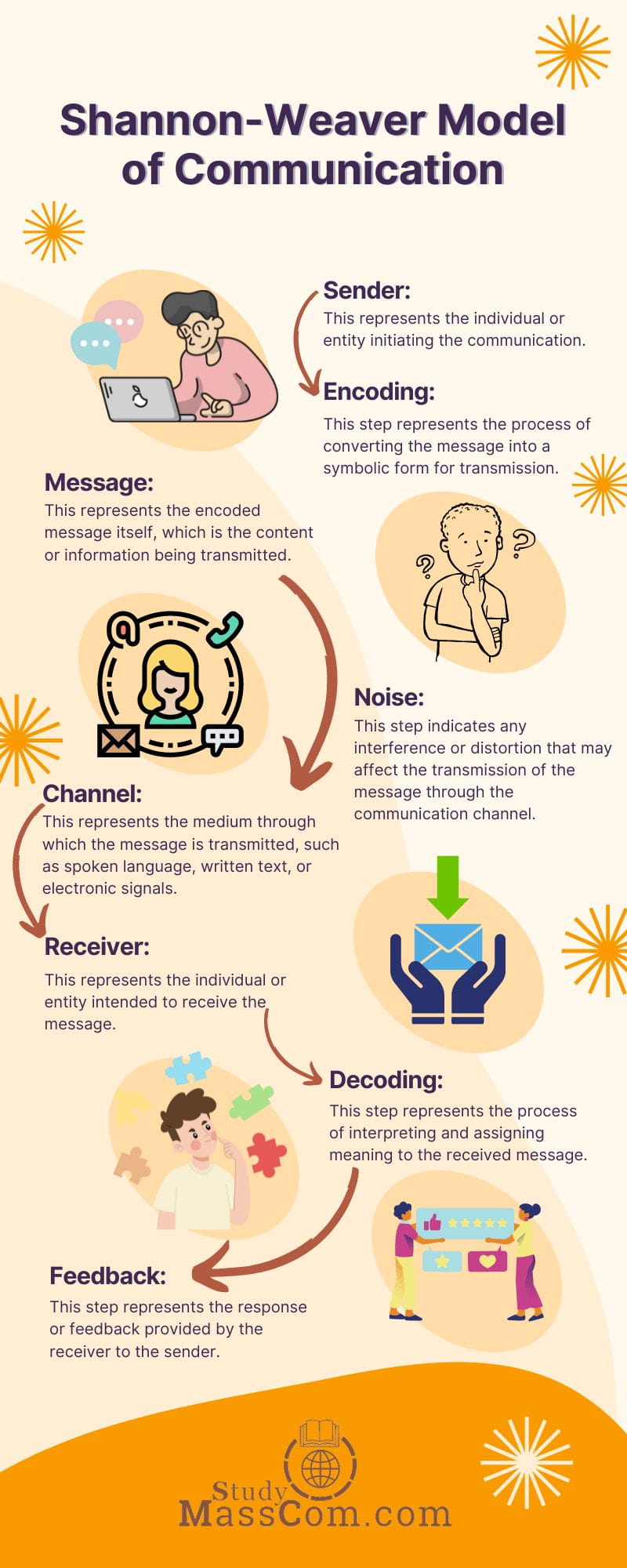
Shannon-Weaver Model: Key Concepts and Features
The Shannon-Weaver Model introduces several key concepts and principles that are essential for understanding the dynamics of communication:
Information Theory
Central to the Shannon-Weaver Model is the concept of information theory, which quantifies the amount of information transmitted through a communication channel. Shannon introduced the notion of entropy to measure the uncertainty or randomness of a message, highlighting the importance of reducing noise to improve communication efficiency.
Redundancy
Redundancy refers to the repetition or duplication of information within a message. While redundancy may seem inefficient, it serves a crucial purpose in communication by enhancing clarity and reducing the impact of noise. Weaver emphasized the role of redundancy in mitigating communication errors and improving reliability.
Communication Noise
Noise is a pervasive element in communication that can distort or interfere with the transmission of messages. Shannon classified noise into three categories: thermal noise, which arises from random fluctuations in electronic signals; external noise, which originates from the environment; and semantic noise, which stems from differences in language, culture, or cognitive biases.
Channel Capacity
Channel capacity refers to the maximum rate at which information can be transmitted through a communication channel without error. Shannon’s channel capacity theorem established fundamental limits on the transmission of information, laying the groundwork for advancements in data compression, error correction, and digital communication technologies.
Information Entropy
Information entropy measures the uncertainty or unpredictability of a message. Shannon introduced the concept of entropy to quantify the amount of information conveyed by a message, taking into account the probability distribution of symbols or codes used to encode the message. Higher entropy implies greater uncertainty and vice versa.
Two-Way Communication
While the Shannon-Weaver Model initially focused on one-way communication from a sender to a receiver, Weaver acknowledged the importance of feedback in facilitating two-way communication. He emphasized the interactive nature of communication and the role of feedback in enhancing mutual understanding between communicators.
Learn more about the Pros and Cons of the Transactional Model of Communication.
Shannon-Weaver Model: Importance and Advantages
The Shannon-Weaver Model of Communication offers several advantages that contribute to its enduring relevance and widespread adoption in the field of communication studies. Some of these advantages include:
Structured Framework
The model provides a structured and systematic framework for understanding the process of communication. By breaking down communication into distinct components such as sender, message, channel, noise, receiver, and feedback, it offers a clear and organized representation of the communication process.
Quantitative Approach
The model incorporates concepts from information theory, such as entropy and channel capacity, which allow for a quantitative analysis of communication processes. This mathematical perspective enables researchers to measure and analyze the efficiency, reliability, and capacity of communication channels.
Clarity and Simplicity
The model offers a straightforward and intuitive depiction of communication, making it accessible to both scholars and practitioners in the field. Its simplicity facilitates easy understanding and application, especially in educational settings and practical contexts.
Identifies Communication Elements
By delineating the various elements involved in communication—sender, message, channel, noise, receiver, and feedback—the model highlights the interconnectedness of these components and their roles in the communication process. This identification helps in identifying potential sources of breakdown or inefficiency in communication.
Emphasis on Feedback
The inclusion of feedback as an integral component of the model emphasizes the importance of interaction and responsiveness in communication. Feedback enables the sender to assess the effectiveness of their message and make necessary adjustments, fostering a cyclical and iterative communication process.
Applicability across Contexts
While initially developed in the context of telecommunication systems, the Shannon-Weaver Model has been applied to various forms of communication, including interpersonal communication, mass communication, organizational communication, and digital communication technologies. Its broad applicability makes it a versatile and adaptable tool for analyzing communication processes across different domains.
Influence on Communication Theory
The model’s foundational concepts, such as information entropy, redundancy, and noise, have had a significant influence on the development of communication theory and related disciplines. It has inspired subsequent models and theories, shaping the trajectory of communication research and scholarship.
Technological Relevance
With the increasing reliance on digital communication technologies, the Shannon-Weaver Model’s emphasis on channel capacity, noise reduction, and information transmission remains highly relevant. It provides insights into optimizing communication systems, protocols, and technologies in the digital age.
Overall, the Shannon-Weaver Model of Communication offers a comprehensive and versatile framework that facilitates the analysis, understanding, and improvement of communication processes across various contexts. Its advantages lie in its structured approach, quantitative perspective, clarity, emphasis on feedback, broad applicability, influence on communication theory, and relevance to contemporary communication technologies.
Explore the advantages and disadvantages of Aristotle’s Model of Communication.
Shannon-Weaver Model: Disadvantages and Limitations
While the Shannon-Weaver Model of Communication has been widely influential and serves as a foundational framework in the field of communication studies, it is not without its criticisms and limitations. Some of the disadvantages associated with the model include:
Simplistic and Linear Representation of Communication
Critics argue that the model oversimplifies the complexities of human communication by reducing it to a linear, mechanistic process. It fails to account for the dynamic nature of interpersonal communication, which involves feedback loops, context-dependent meanings, and nonverbal cues. The model depicts communication as a one-way process from a sender to a receiver, neglecting the dynamic and interactive nature of real-life communication interactions.
Lack of Cultural and Contextual Considerations
The model neglects the influence of cultural and contextual factors on communication dynamics. It assumes a uniform encoding-decoding process across all communicators, overlooking the diversity of languages, social norms, and cultural perspectives that shape communication interactions. This limitation can lead to a lack of consideration for how cultural differences affect message interpretation and communication effectiveness.
Limited Focus on Emotional and Psychological Aspects
The model emphasizes the transmission of information while overlooking the emotional and psychological dimensions of communication. It fails to address the role of empathy, rapport, and interpersonal relationships in effective communication, which are essential for building trust and mutual understanding.
Oversimplification of Feedback
While the model acknowledges the importance of feedback in the communication process, it oversimplifies the feedback mechanism by treating it as a one-way response from the receiver to the sender. In reality, feedback in communication interactions is often multidirectional and complex, involving ongoing exchanges of information, clarification, and adjustment between communicators.
Neglect of Power Dynamics
The model does not adequately address the power dynamics that exist within communication relationships. It overlooks issues of power asymmetry, inequality, and social hierarchies that can influence how messages are transmitted, received, and interpreted. This limitation can lead to an incomplete understanding of how power dynamics shape communication interactions and outcomes.
Lack of Consideration for Nonverbal Communication
The Shannon-Weaver Model primarily focuses on verbal and written communication, neglecting the importance of nonverbal cues such as body language, facial expressions, and gestures in conveying meaning. Nonverbal communication plays a significant role in interpersonal interactions and can significantly impact the interpretation of messages, but it is not explicitly addressed in the model.
Inadequate Representation of Noise
While the model acknowledges the presence of noise as a factor that can interfere with message transmission, it does not provide a comprehensive understanding of the various forms of noise or their specific effects on communication. The model categorizes noise broadly without delving into the specific challenges and implications of different types of noise, such as semantic noise, environmental noise, or psychological noise.
Lack of Adaptability to New Communication Technologies
The Shannon-Weaver Model was developed in the context of telecommunication systems prevalent in the mid-20th century. While its principles are applicable to various forms of communication, including digital communication technologies, the model may lack adaptability to emerging communication technologies and platforms that have evolved since its inception.
In summary, while the Shannon-Weaver Model of Communication offers a structured framework for understanding communication processes, it is not without its shortcomings. Its limitations include oversimplification, neglect of cultural and contextual factors, limited consideration of emotional and psychological aspects, oversimplified feedback mechanism, neglect of power dynamics, lack of consideration for nonverbal communication, inadequate representation of noise, and potential lack of adaptability to new communication technologies. Recognizing these limitations is essential for researchers and practitioners to critically evaluate and supplement the model with additional theories and perspectives to gain a more comprehensive understanding of communication dynamics.
Read about the differences between Aristotle’s and Lasswell’s models of communication.
Applications and Examples of the Shannon-Weaver Model
Despite its criticisms, the Shannon-Weaver Model continues to be a valuable tool for analyzing and understanding communication processes in various domains:
Telecommunication Systems
The model remains highly relevant in the field of telecommunication systems, where it provides a theoretical foundation for designing and optimizing communication networks, protocols, and technologies.
Information Theory
Shannon’s concepts of information entropy, channel capacity, and noise are fundamental to modern information theory, influencing developments in data compression, cryptography, and digital communication systems.
Organizational Communication
The model is applied in organizational communication research to examine how messages are transmitted within hierarchical structures, the impact of noise on information flow, and the importance of feedback mechanisms for improving organizational effectiveness.
Media Studies
Media scholars use the model to analyze mass communication processes, including the transmission of messages through various media channels, the role of noise in shaping media content, and the feedback mechanisms inherent in audience responses.
Explore the strengths and weaknesses of the Media Dependency Theory.
How to Use the Shannon-Weaver Model of Communication
The Shannon-Weaver Model of Communication provides a structured framework for understanding the process of communication. While it was originally developed in the context of telecommunication systems, it has broader applicability to various forms of communication, including interpersonal, organizational, and mass communication. Here’s how you can use the Shannon-Weaver Model in practical communication scenarios:
Identify Communication Goals
Begin by identifying the goals of your communication. What do you want to achieve by sending a message? Understanding your objectives will help you tailor your message and select appropriate encoding strategies.
Encode Your Message
Once you have a clear message to convey, encode it into a symbolic form that can be transmitted through the chosen communication channel. Consider the characteristics of your audience, such as their language proficiency, cultural background, and communication preferences, when selecting encoding strategies.
Choose the Communication Channel
Select the most suitable communication channel for transmitting your message. Consider factors such as the urgency of the message, the complexity of the information, and the availability of communication technologies when choosing the channel.
Minimize Noise
Be mindful of potential sources of noise that could interfere with the transmission of your message. Take steps to minimize noise by using clear and concise language, choosing appropriate communication channels, and addressing any known barriers to effective communication.
Send Your Message
Transmit your encoded message through the chosen communication channel. Ensure that the message is delivered in a timely manner and that the chosen channel is reliable and accessible to the intended recipients.
Receive and Decode Feedback
Once your message has been received, pay attention to feedback from the recipients. Feedback can take various forms, including verbal responses, nonverbal cues, or written communication. Decode the feedback to assess how your message was received and interpreted by the recipients.
Assess Communication Effectiveness
Evaluate the effectiveness of your communication based on the feedback received from the recipients. Consider factors such as message clarity, audience understanding, and the desired outcome of the communication. Use this assessment to identify areas for improvement and adjust your communication strategies accordingly.
Iterate and Improve
Use the feedback received to refine your communication approach and make adjustments as needed. Continuously iterate and improve your communication strategies to enhance the effectiveness of future interactions.
By following these steps and applying the principles of the Shannon-Weaver Model, you can enhance the effectiveness of your communication and achieve your intended objectives in various communication contexts. Whether you’re communicating with individuals, groups, or organizations, the model provides a systematic framework for analyzing communication processes and optimizing communication outcomes.
Check out the seven steps in the communication process.
Conclusion
The Shannon-Weaver Model of Communication remains a seminal contribution to the field of communication theory, providing a structured framework for analyzing the transmission of information from sender to receiver. While it has faced criticism for its simplicity and lack of consideration for cultural and psychological factors, the model continues to be relevant in diverse domains, including telecommunication systems, information theory, organizational communication, and media studies. By understanding the principles and concepts underlying the Shannon-Weaver Model, scholars, and practitioners can gain valuable insights into the dynamics of communication processes and enhance their effectiveness as communicators.
Through its enduring legacy, the Shannon-Weaver Model reminds us of the fundamental importance of clear encoding, reliable transmission, and effective feedback in fostering meaningful communication in an increasingly interconnected world.
FAQs
Seven key components of the Shannon-Weaver Model of Communication are Sender (the initiator of the communication process), Encoding (the process of converting the message into a symbolic form for transmission), Message (the content or information being conveyed), Channel (the medium through which the message is transmitted), Noise (interference or distortion that affects message transmission), Receiver (the intended recipient of the message), and Decoding (the process of interpreting and assigning meaning to the received message).
The Shannon-Weaver Model of Communication was published in 1949 as part of the groundbreaking work “The Mathematical Theory of Communication” by Claude Shannon and Warren Weaver. This seminal publication laid the foundation for modern communication theory and information theory, influencing various fields including telecommunications, computer science, and linguistics.
The original Shannon-Weaver Model is primarily a one-way communication model, emphasizing the transmission of information from a sender to a receiver. However, Warren Weaver acknowledged the importance of feedback, recognizing its role in facilitating a two-way communication process. While the model itself is inherently linear, the inclusion of feedback implies a dynamic interaction between the sender and receiver, allowing for adjustments and corrections in subsequent messages. Scholars have expanded upon this feedback element to incorporate more interactive and circular communication models, acknowledging the importance of two-way communication for a more comprehensive understanding of the communication process.
Yes, the Shannon-Weaver Model of Communication does include feedback as one of its components. Feedback is an essential element in the model as it completes the communication loop by providing information to the sender about how the message was received and interpreted by the receiver. This feedback allows the sender to assess the effectiveness of their communication and make necessary adjustments or modifications to improve future communication interactions. While the original model focused primarily on one-way communication, the inclusion of feedback acknowledges the importance of interaction and responsiveness in facilitating effective communication processes.
The Shannon-Weaver Model of Communication is effective due to its structured framework, which breaks down the communication process into clear and distinct components. By emphasizing key elements such as encoding, message transmission, noise reduction, decoding, and feedback, the model provides a systematic approach to understanding and analyzing communication interactions. Its quantitative approach, derived from information theory, allows for the measurement and optimization of communication efficiency and reliability. Additionally, the model’s versatility enables its application across various communication contexts, from telecommunication systems to interpersonal interactions, making it a valuable tool for researchers, practitioners, and educators in the field of communication studies.
The Shannon-Weaver Model of Communication provides a structured framework for understanding the process of communication, which can be applied to real-life scenarios across various contexts. Let’s consider a real-life implementation of the model in the context of a business communication scenario:
Imagine a company’s marketing department is tasked with launching a new product. Here’s how the Shannon-Weaver Model can be applied:
Sender (Marketing Team): The marketing team serves as the sender in this scenario. They have a message to convey, which is the promotion and details of the new product.
Encoding (Content Creation): The marketing team encodes the message by creating promotional materials such as advertisements, social media posts, and product descriptions. They carefully select language, visuals, and other elements to effectively communicate the product’s features and benefits.
Message (Promotional Content): The promotional content serves as the message. It includes information about the product, its unique selling points, pricing, and availability.
Channel (Marketing Channels): The marketing team selects appropriate channels to transmit the message to the target audience. This may include social media platforms, email newsletters, the company website, and traditional advertising channels like television and print media.
Noise (Competing Messages): Various forms of noise may interfere with the transmission of the message. Competing advertisements, distractions, or conflicting information from competitors can all act as noise that distracts or confuses the audience.
Receiver (Target Audience): The target audience, consisting of potential customers, acts as the receiver. They receive and interpret the promotional content through the selected marketing channels.
Decoding (Audience Interpretation): The audience decodes the message by interpreting the promotional content and extracting meaning from it. They consider factors such as the product’s relevance, value proposition, and alignment with their needs and preferences.
Feedback (Customer Responses): Customer responses, such as inquiries, purchases, feedback, and reviews, serve as feedback to the marketing team. This information allows them to evaluate the effectiveness of their communication efforts and make adjustments for future marketing campaigns.
In this real-life implementation, the Shannon-Weaver Model helps the marketing team systematically plan, execute, and evaluate their communication strategy for launching the new product. By considering each component of the model, they can optimize their messaging to effectively reach and engage their target audience.

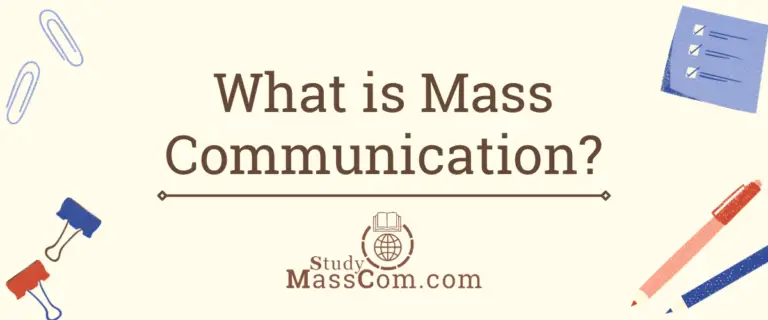
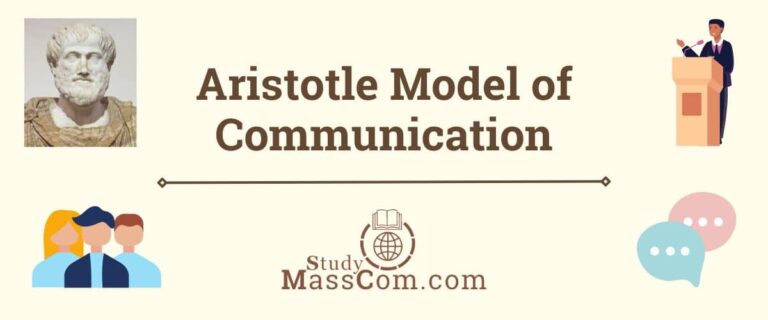
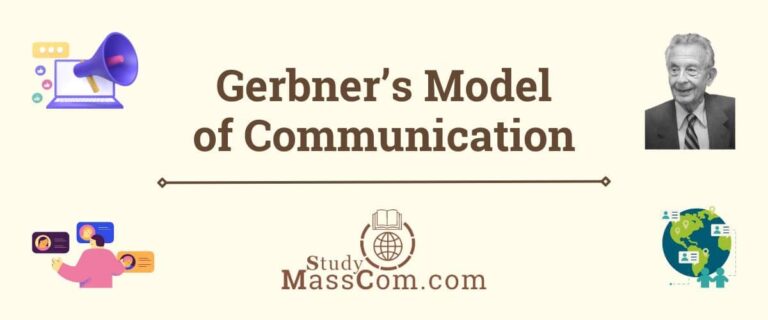
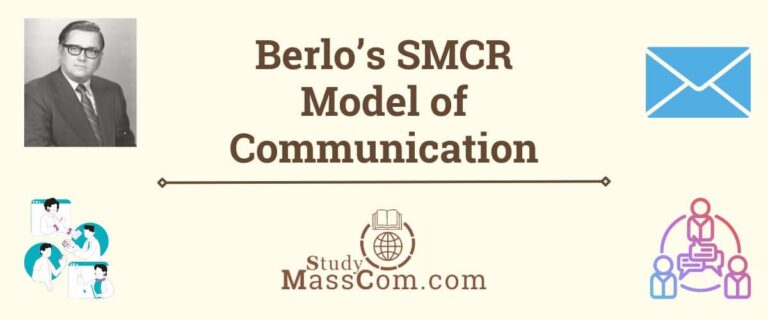
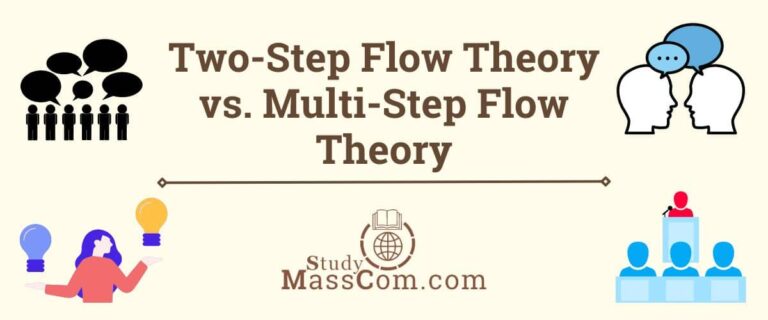
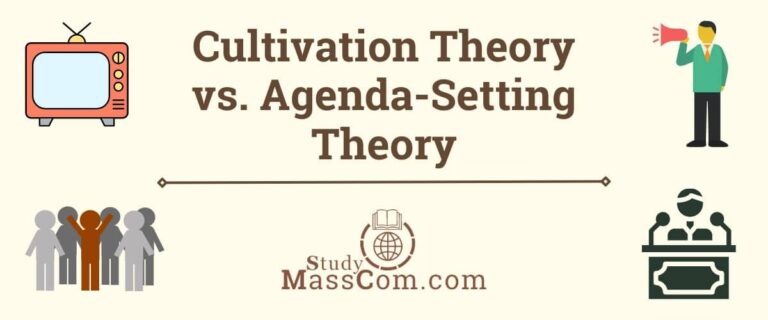
This is a great document and I thank you so much for making it available for students and research teams
Great information, however it’s shame there isn’t a date of the article.